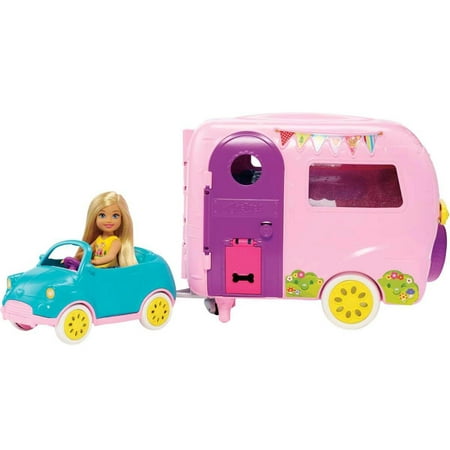My Sweet Love Diaper Toy Accessory Play Set, 30 Pieces
Your child can play pretend parent and change their favorite little one’s diapers with the My Sweet Love Diaper Toy Accessory Play Set. The set of diapers make it easy to change their My Sweet Love baby doll (sold separately) for the complete parenting experience. This fun toy set makes a wonderful present for birthdays, Christmas, Hanukah, other holidays, and more. The set is great for kids aged three and up and is perfect for imaginative play. The My Sweet Love Diaper Toy Accessory Play Set just one part of the entire My Sweet Love toy collection (other items sold separately).




Your child can play pretend parent and change their favorite little one’s diapers with the My Sweet Love Diaper Toy Accessory Play Set. The set of diapers make it easy to change their My Sweet Love baby doll (sold separately) for the complete parenting experience. This fun toy set makes a wonderful present for birthdays, Christmas, Hanukah, other holidays, and more. The set is great for kids aged three and up and is perfect for imaginative play. The My Sweet Love Diaper Toy Accessory Play Set just one part of the entire My Sweet Love toy collection (other items sold separately).





Reviews
There are no reviews yet.